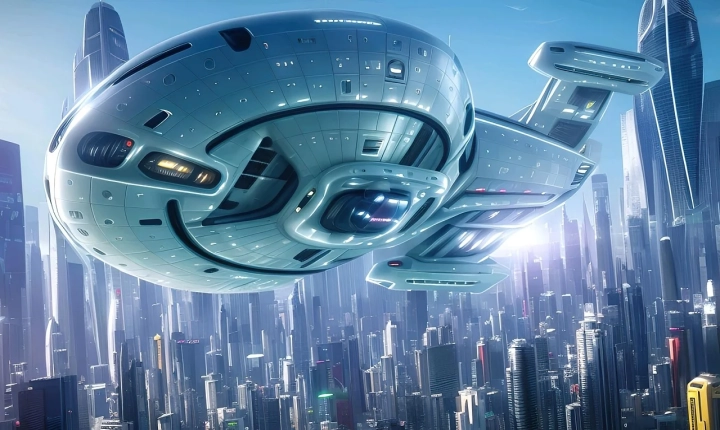Can AI Generate Animations?
Animation has long been a labor-intensive and time-consuming process, requiring skilled artists to create each frame by hand. However, with the advancement of artificial intelligence (AI), the potential for AI to generate animations has become a reality. AI technologies have made significant progress in simulating the creativity and skill of human animators, leading to the development of tools and algorithms that can generate animations autonomously.
One of the most notable applications of AI in animation is in the creation of character animations. Traditional character animation often involves building a skeleton for the character, assigning keyframes for various body movements, and interpolating the frames in between to create smooth motion. AI has shown promise in automating this process by learning from large datasets of motion capture data and generating realistic, lifelike character animations. This can significantly reduce the time and effort required to produce high-quality character animations for movies, video games, and other media.
Another area where AI has made significant strides is in generating procedural animations. Procedural animations are generated algorithmically, without the need for explicit keyframing or motion capture data. AI techniques such as deep learning and reinforcement learning have been used to train models that can generate complex and dynamic animations, such as flowing water, swaying vegetation, or realistic physics-based movement. This has the potential to revolutionize the way animators create environments and special effects, making it easier to produce realistic and immersive animated worlds.
AI has also been used to automate the process of in-betweening, which is the creation of intermediate frames between keyframes to produce smooth motion. By analyzing the keyframes and learning the patterns of motion, AI algorithms can generate in-between frames that maintain the consistency and fluidity of the animation, saving animators time and effort.
While AI has demonstrated its potential to generate animations, there are some limitations and challenges that need to be addressed. One of the challenges is the generation of emotionally expressive animations. Creating characters that convey emotions and subtle nuances in their movements requires a deep understanding of human behavior and psychology, which can be difficult for current AI models to capture. Additionally, AI-generated animations still require creative input and supervision from human animators to ensure that the final result meets the artistic vision and intention.
Looking ahead, the future of AI in animation holds great promise. As AI technologies continue to advance, we can expect to see further improvements in the ability of AI to generate lifelike, expressive, and dynamic animations. By combining the creative intuition of human animators with the efficiency and automation of AI, the animation industry is poised to undergo a transformative evolution, leading to the creation of new and innovative forms of animated content.
